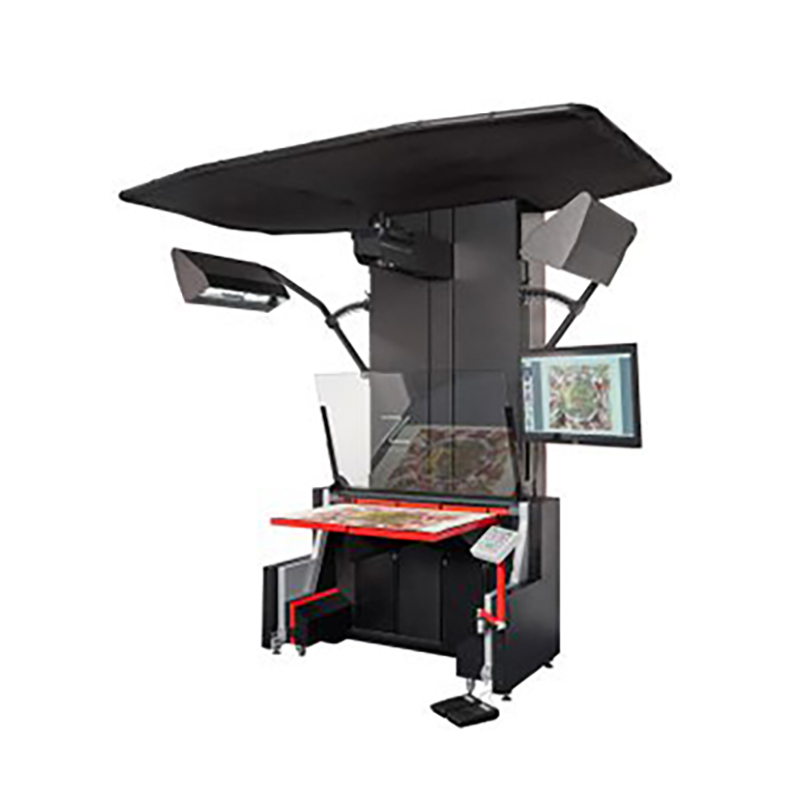

Our method description and case studies show that minimal equipment and training is needed to produce durable skeletal specimens. Characters that were absent in the digital models or 3D prints had low‐relief in the original scanned specimen and represent a minor loss of fidelity. All characters identified in the digital chondrocranium could be identified in the subsequent 3D print however, three characters in the 3D‐printed frog skeleton could not be clearly delimited (palatines, parasphenoid and pubis). endolymphatic foramina in chondrocranium). Larger‐scale features of the dogfish chondrocranium and frog skeleton were all well‐resolved and distinct in the 3D digital models, and many finer‐scale features were also well‐resolved, but some more subtle features were absent from the digital models (e.g. The fidelity of the two case study models was determined with respect to key anatomical features. 3D digital replicas were produced using two consumer‐level scanners and specimens were 3D‐printed with selective laser sintering. Here we present a methodology for producing anatomical models in‐house, with the chondrocranium cartilage from a spiny dogfish ( Squalus acanthias) and the skeleton of a cane toad ( Rhinella marina) as case studies. 3D replication techniques are significant advances for anatomical education as they allow practitioners to more easily introduce diverse or numerous specimens into classrooms.

Detailed anatomical models can be produced with consumer‐level 3D scanning and printing systems.


 0 kommentar(er)
0 kommentar(er)
